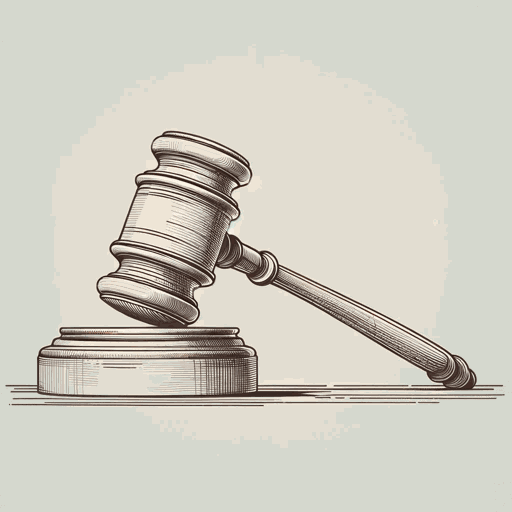50 pages • 1 hour read
Doris L. BergenWar and Genocide: A Concise History of the Holocaust
Nonfiction | Book | Adult | Published in 2002A modern alternative to SparkNotes and CliffsNotes, SuperSummary offers high-quality Study Guides with detailed chapter summaries and analysis of major themes, characters, and more.
Chapters 3-4Chapter Summaries & Analyses
Chapter 3 Summary: “From Revolution to Routine: Nazi Germany, 1933-1938”
This chapter focuses on the pre-World War II Nazi revolution and what Bergen calls the “routinization” of Nazism, wherein Nazi policies and ideologies were normalized and interpolated into everyday German life. She writes, “On the one hand, Hitler revolutionized Germany, but on the other hand, the ways in which he did so seemed undramatic to many participants and observers at the time” (53).
Hitler’s political position at the start of his chancellorship was “not that strong” (53). His first cabinet only included two Nazi party members: Göring and Wilhelm Frick. The rest were conservatives and nationalists.
On February 27, 1933, the Reichstag (German parliament) burned down. Hitler blamed communists, and the German press corroborated this because it relied on Nazi information. Bergen posits that Marinus van der Lubbe, an arsonist with no connection to either the Communist or Nazi parties, caused the fire. Hitler had thousands of suspected communists arrested, tortured, and beaten; several hundred were killed. Germany’s first official concentration camp, Dachau, housed these prisoners.
In March 1933, Hitler passed the Enabling Law, which allowed him to rule by decree without declaring an emergency. Only Social Democrats opposed this law. That summer, Hitler outlawed “all political parties except the NSDAP” (55).
Within his first year as chancellor, Hitler launched attacks on all the groups he declared his enemies, many of which were already broadly disliked in German society.

